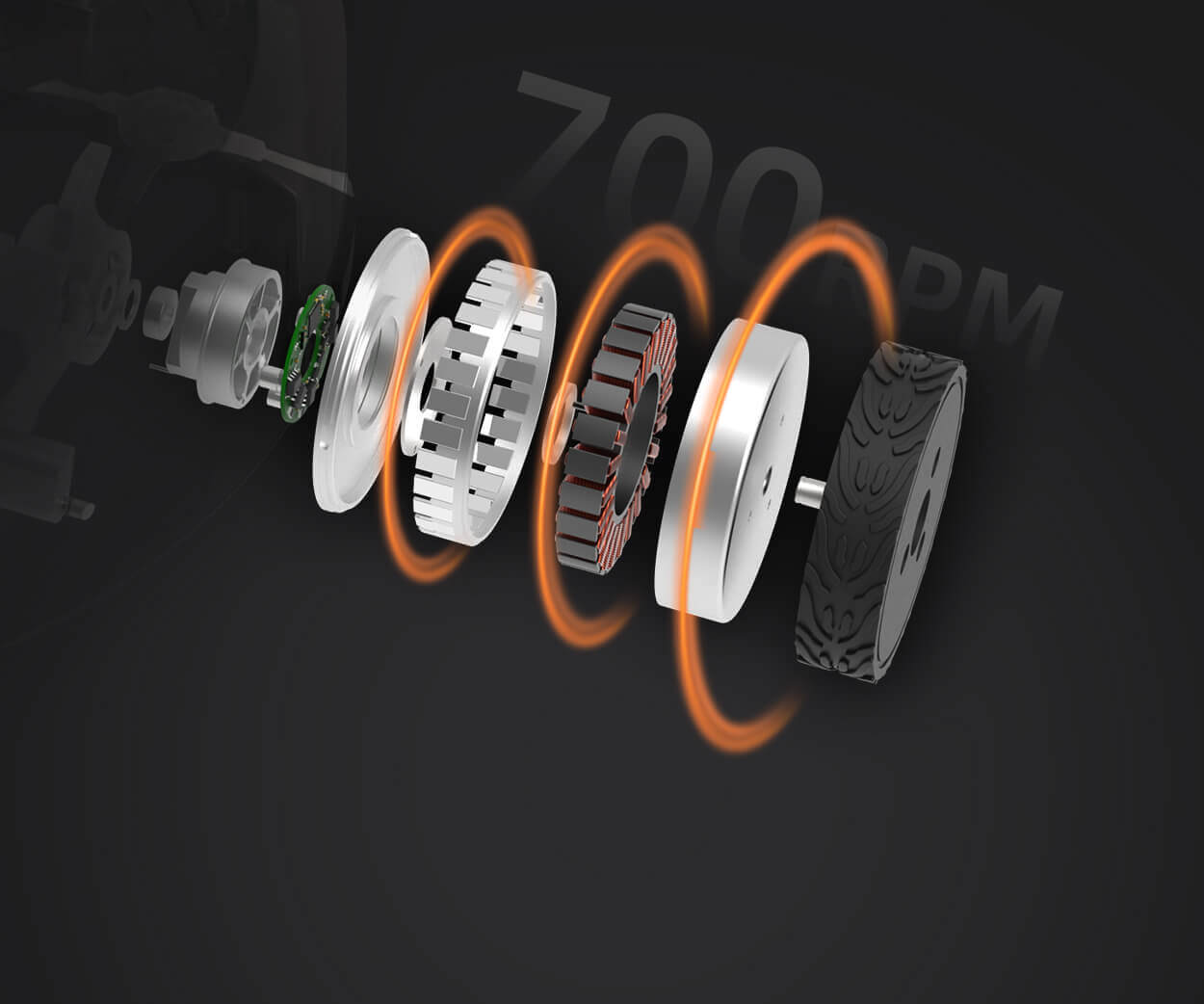part 1: Harnessing Precision: The Power of DC Servo Motors in Modern Control Systems
In the rapidly evolving world of automation and robotics, precision isn’t just a luxury—it’s a necessity. One of the unsung heroes behind this technological marvel is the DC servo motor. Small in size but mighty in capability, DC servo motors have become the backbone of control systems that demand exact movement and rapid response times. To understand their significance, it's important to delve into what makes these motors so uniquely suited for such intricate tasks and how they are transforming industries across the globe.

What Is a DC Servo Motor? At its core, a DC servo motor is a type of direct current motor designed to provide high torque and precise control of angular position, velocity, and acceleration. Unlike standard DC motors, which typically run at a fixed speed, a servo motor is part of a feedback loop—constantly monitoring its position and adjusting power to meet a target. This feedback mechanism makes it possible to achieve remarkably accurate positioning and smooth motion, even under varying loads or external disturbances.
The magic behind a DC servo motor's controlability lies in its components: the motor itself, combined with a sophisticated control circuit, position sensors (usually encoders), and a driver or amplifier. When integrated into a system, the motor can be finely tuned to perform specific tasks with minimal overshoot or undershoot, avoiding the jerky movements that plague lesser-driven systems.
Fundamental Components and How They Work Together Imagine a well-orchestrated symphony: each instrument playing its part flawlessly. In a DC servo motor system, the core components harmonize to produce seamless operation.
The Motor: Typically a brushed or brushless DC motor, responsible for converting electrical energy into mechanical motion. The Feedback Device: Usually an encoder or resolver that constantly feeds positional data to the controller. The Controller: A sophisticated control algorithm (often PID—Proportional-Integral-Derivative control) that processes feedback signals and adjusts the motor's input accordingly. Power Amplifier: Acts as the interface between the control signal and the motor, providing the necessary current to drive the motor.
When a command is issued—say, to rotate a robotic arm to a precise angle—the controller compares the desired position with the actual feedback. If there's a discrepancy, it adjusts the voltage sent to the motor via the amplifier, steering the arm precisely into place. This closed-loop control is what bestows DC servo motors their extraordinary accuracy.
Why Are DC Servo Motors So Popular? The appeal of DC servo motors extends beyond their feedback-based control. Some key advantages include:
High Precision: Their ability to deliver exact positioning makes them indispensable in applications like CNC machines, robotics, and camera auto-focus systems. Fast Response: DC servo motors can change speed and direction rapidly, making them perfect for dynamic environments. High Torque at Low Speeds: Unlike other motors that struggle with torque at low speeds, DC servo motors maintain efficiency across a broad spectrum. Compact and Lightweight: Their design allows for integration into tight spaces—ideal for modern compact machines and portable devices.
Applications Exploding Across Industries The versatility of DC servo motors sees them used in plenty of settings:
Industrial Automation: Guiding conveyor belts, robotic arms, and precision assembly lines. Aerospace: Controlling flight surfaces, instrument positioning, and drone stabilization. Medical Devices: Operating surgical robots, imaging equipment, and laboratory automation. Consumer Electronics: Camera autofocus mechanisms, automated toys, and camera gimbals.
Challenges and Limitations While their benefits are many, DC servo motors aren’t immune to drawbacks. They can be more expensive than standard motors due to their sophisticated feedback and control circuitry. Maintenance can also be more involved, especially with brushed motors that require brush replacement over time. Additionally, their control systems demand careful tuning to prevent oscillations or instability.
Nevertheless, advancements in digital control technology, sensor accuracy, and brushless motor design continue to enhance their performance and reduce costs, cementing their position at the forefront of control system innovation.
The Future Is Precise and Intelligent As industries move toward smarter, more connected machinery—think Industry 4.0 and autonomous vehicles—the importance of highly responsive, precise actuation grows. DC servo motors are evolving to meet these needs with integration of embedded processors, wireless diagnostics, and adaptive control algorithms. Their ability to adapt to changing conditions, learn from feedback, and operate efficiently under diverse circumstances makes them indispensable tools for the engineers of tomorrow.
Leveraging innovations in modular drive technology, Kpower integrates high-performance motors, precision reducers, and multi-protocol control systems to provide efficient and customized smart drive system solutions.




































